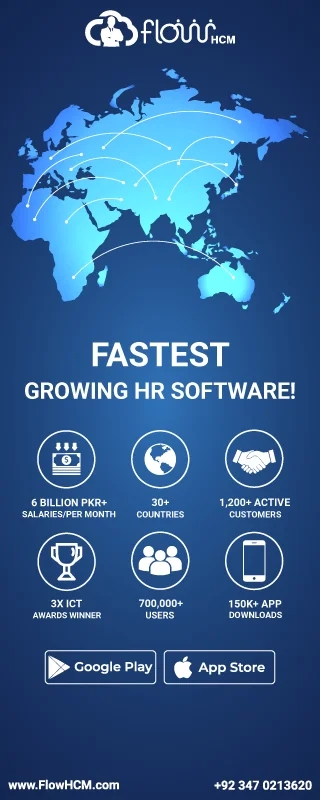Finding the right talent is essential for the success of any organization. Studies indicate that making a poor hiring decision can result in expenses equivalent to 30% of the employee’s salary. This statistic underscores the various difficulties that companies encounter during recruitment. Conventional hiring practices can be lengthy and complicated, often resulting in lost opportunities and added pressure on teams. Fortunately, ATS tracking systems can streamline and improve the hiring process by making it more efficient and effective.
In this blog, you’ll learn how ATS tracking system can help you to hire the right talent
Streamline Candidate Application Process
An ATS streamlines the application process by managing the collection and organization of applications. This efficiency can significantly reduce processing time, with research indicating that it may decrease it by as much as 70%. For example, imagine a growing tech company receiving 500 applications for a single software engineer position. Without an ATS, recruiters spend days manually screening resumes. But with an ATS, pre-set filters instantly shortlist the most qualified candidates based on skills, experience, and keywords—cutting down screening time from several days to just a few hours
Enhance Candidate Sourcing and Search
Applicant Tracking Systems (ATS) provide sophisticated search functionalities that allow recruiters to identify candidates with particular skills and experiences. According to recruiting specialist Lou Adler, optimizing keywords within an ATS significantly enhances the quality of candidate matches. Additionally, the ability to integrate with multiple job boards is a valuable feature, as it enables automatic job postings and application collection, resulting in increased applicant acquisition rates. An organized database of candidate profiles facilitates the quick identification of suitable candidates for future openings, thereby establishing a readily available talent pool for any vacancies.
Objective and Data-Driven Candidate Selection
An Applicant Tracking System (ATS) streamlines the hiring process by automating the screening of resumes, which helps to reduce bias and enhance candidate selection. By utilizing set criteria, an ATS can decrease hiring bias by as much as 30%, leading to more equitable assessments. A significant benefit is the focus on skills-based matching, allowing candidates to be evaluated on their abilities and experiences rather than personal biases. For example, a technology company that adopted this method experienced a 40% boost in the quality of their hires. Furthermore, an ATS monitors candidates’ progress during the hiring journey, offering valuable insights that can refine recruitment strategies and increase overall efficiency.
Improved Communication and Collaboration
ATS tracking systems enhance the recruitment process by offering a unified communication platform that facilitates smooth interactions among recruiters, hiring managers, and candidates, promoting transparency in the quick-paced hiring landscape. With features that support team collaboration, various stakeholders can engage in the hiring journey, resulting in more comprehensive and informed choices. Furthermore, automated alerts and reminders play a crucial role in avoiding candidate neglect, making sure that valuable talent is not overlooked.
Ensuring Compliance and Reducing Legal Risk
Data security and privacy play a vital role in the recruitment process, and an Applicant Tracking System (ATS) facilitates compliance by accurately documenting all interactions with candidates. This comprehensive record-keeping not only protects sensitive data but also minimizes the potential legal liabilities linked to hiring procedures. Furthermore, ATS solutions contribute to efforts aimed at reducing bias, enabling organizations to adhere to diversity-oriented regulations and promote a more inclusive work environment.
Measuring Recruitment Effectiveness and ROI
Monitoring key performance indicators (KPIs) is crucial for evaluating the effectiveness of recruitment efforts, and an Applicant Tracking System (ATS) facilitates this through its comprehensive reporting and analytics features that evaluate the success of hiring strategies. These analytical insights are instrumental in pinpointing opportunities for enhancement, thereby fostering informed, data-driven decision-making. In the long run, an ATS significantly boosts return on investment (ROI) by optimizing recruitment processes, lowering expenses, and ensuring that organizations make the most of their hiring expenditures.
Conclusion
Using an ATS tracking system can transform your hiring process by streamlining applications, enhancing candidate sourcing, and providing objective selection criteria. It promotes better communication and collaboration while ensuring compliance. The ability to measure recruitment effectiveness and ROI adds further value.
Choosing the right ATS tailored to your specific business needs is essential. Explore the various options available and implement one in your recruitment strategy to experience these benefits firsthand.








